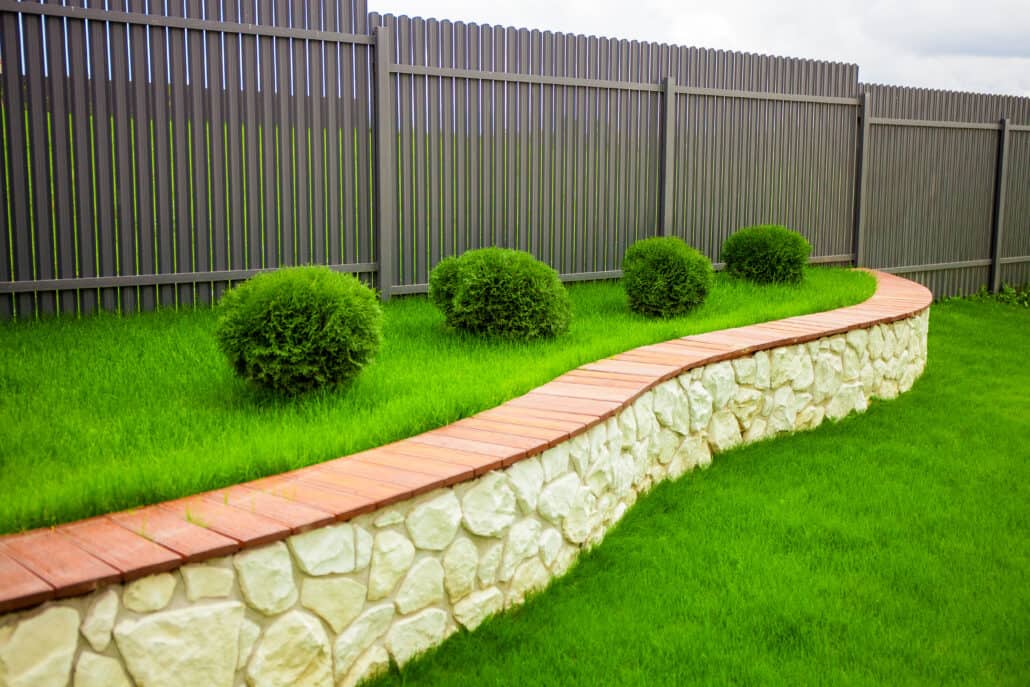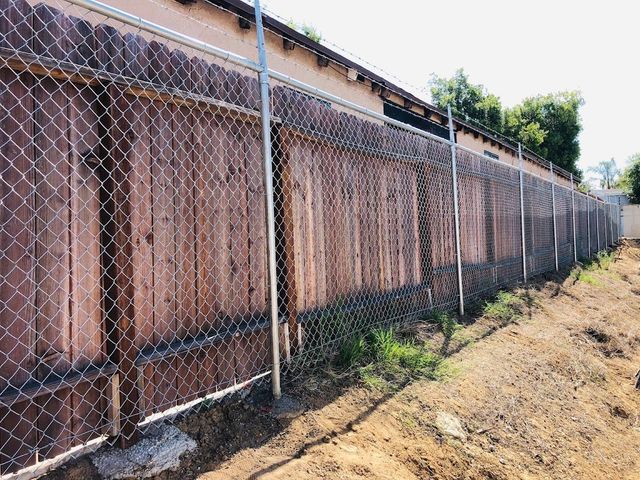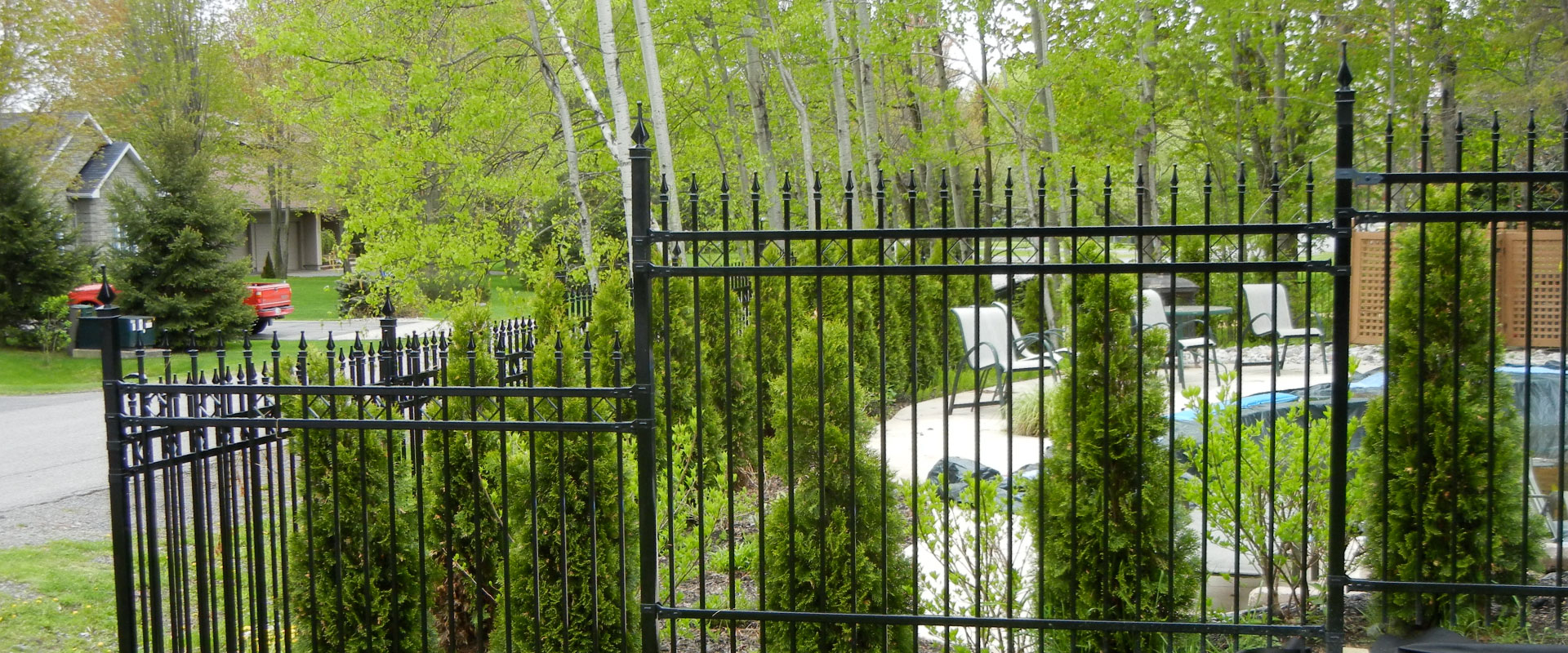All Categories
Featured
Fences supply numerous benefits for home owners, including personal privacy, security, and boosting aesthetic appeal. Even the most well-constructed fencings won't last permanently. With time, direct exposure to weather, bugs, and natural wear can trigger a fencing to deteriorate. While some concerns can be fixed, others might call for total substitute to recover the capability and look of your building. Below are a number of crucial signs that your fence might require to be replaced.
![]()
![]()
![]()
Final thought. A fence is a valuable financial investment in your property's personal privacy, safety, and appearance. Nevertheless, similar to any type of framework, it will at some point show signs old and wear. Whether it's via physical damages, bug infestations, rot, or just the natural development of time, acknowledging the signs that your fence requires to be changed can aid you make an enlightened decision concerning when to do something about it. By changing your fence at the appropriate time, you can make sure that your building continues to be safe and secure, aesthetically appealing, and useful for years to find.
- Significant Physical Damage. Physical damage to a fencing can be created by numerous variables, consisting of extreme climate, dropped trees, or accidents. Search for busted, fractured, or missing areas of the fencing, particularly if they are countless or affect the general structure. While individual repair services are often possible, prevalent damages might suggest that a full replacement is more affordable. If several panels are broken, or the blog posts are entirely compromised, the fence will certainly no longer offer its main purpose of giving safety and personal privacy.

- Rotting and Degeneration. Over time, the rot can spread out throughout the fence, compromising its architectural integrity. While localized areas of decay might be repaired, if the rot is extensive, replacing the fencing is usually the ideal choice.
- Leaning or Tilting. A leaning fencing is a clear sign that the posts may have been damaged or that the soil around the articles has changed. If the leaning is severe, or if attempts to straighten the articles have not functioned, changing the afflicted sections or the entire fencing may be essential to maintain protection and stability.
- Insect Infestation. Parasites such as rodents, termites, and ants can create extreme damage to wood fencings. Termites, as an example, can passage with the timber, creating comprehensive internal damage that isn't visible from the outside. If you observe small openings, sawdust around the base of the fence, or proof of insect activity, it's vital to do something about it swiftly. Oftentimes, bug infestations can damage the fencing to the point where repairs will not suffice, and replacement might be required.

- Rust or Corrosion (For Metal Fences) Metal fences, consisting of chain-link, light weight aluminum, and functioned iron, are at risk to rust and deterioration, especially in areas with high wetness or salt direct exposure. With time, rust can consume away at the steel, deteriorating the framework and creating the fence to become unsteady. Repair work may not be sufficient if the corrosion is extensive and impacting the integrity of the fencing. In this instance, changing the metal sections or the whole fencing is the best solution.
- Fading or Staining (For Plastic Fences) Plastic fences are a popular choice due to their low maintenance and sturdiness. If the fencing is revealing indications of substantial fading, particularly if it influences the total appearance of your home, replacing it with a new plastic fencing or a different product might improve both visual appeals and capability.
- The Fence is Outdated or No Longer Fulfills Your Needs. Often, the requirement to change a fence isn't as a result of damages, however since it no longer fits your demands or the style of your home. If your fence is obsoleted, does not supply sufficient privacy, or no more provides the level of protection you need, it may be time for an upgrade. Additionally, if your original fencing was built for a particular objective, such as maintaining pets in, however currently you require a more solid barrier for personal privacy or safety, a replacement will make sure the fence offers your existing needs.

- Constant Fixing Costs. It may be extra cost-effective to change the whole framework rather than continuously patching it up if you locate yourself continually repairing areas of your fencing. Frequent repairs can build up in time, and a fence that calls for consistent interest may not be supplying the protection and functionality you need. A brand-new fencing can save you money over time by minimizing recurring maintenance prices.
- Fencing No More Supplies Privacy or Safety. The primary functions of several fences are to offer personal privacy and security. If your fence is no much longer serving these functions-- whether due to gaps, weakened framework, or simply an obsolete design-- it may require to be changed. A fencing that does not provide appropriate privacy can leave your property subjected, while a fencing that's no much longer safeguard can jeopardize the safety of your home.
- The Fencing is Near the End of Its Lifespan. Consider the age of your fencing. A lot of fencings have a life expectancy of around 15 to twenty years, depending upon the products used and the degree of maintenance. It's a good idea to start planning for a replacement if your fence is coming close to or exceeding this age and reveals multiple signs of wear. Even if the fencing seems in suitable condition, an old fence may be extra prone to damage, and replacing it proactively can save you from handling unexpected problems down the road.
Final thought. A fence is a valuable financial investment in your property's personal privacy, safety, and appearance. Nevertheless, similar to any type of framework, it will at some point show signs old and wear. Whether it's via physical damages, bug infestations, rot, or just the natural development of time, acknowledging the signs that your fence requires to be changed can aid you make an enlightened decision concerning when to do something about it. By changing your fence at the appropriate time, you can make sure that your building continues to be safe and secure, aesthetically appealing, and useful for years to find.
Latest Posts
How Routine Vehicle Maintenance at Montclare Auto Repair Reduces Costs
Published May 31, 25
1 min read
Enhance Your Building with Overhead Door Equipment
Published May 27, 25
1 min read
Enhance Your Property with Overhead Door Systems
Published May 25, 25
1 min read